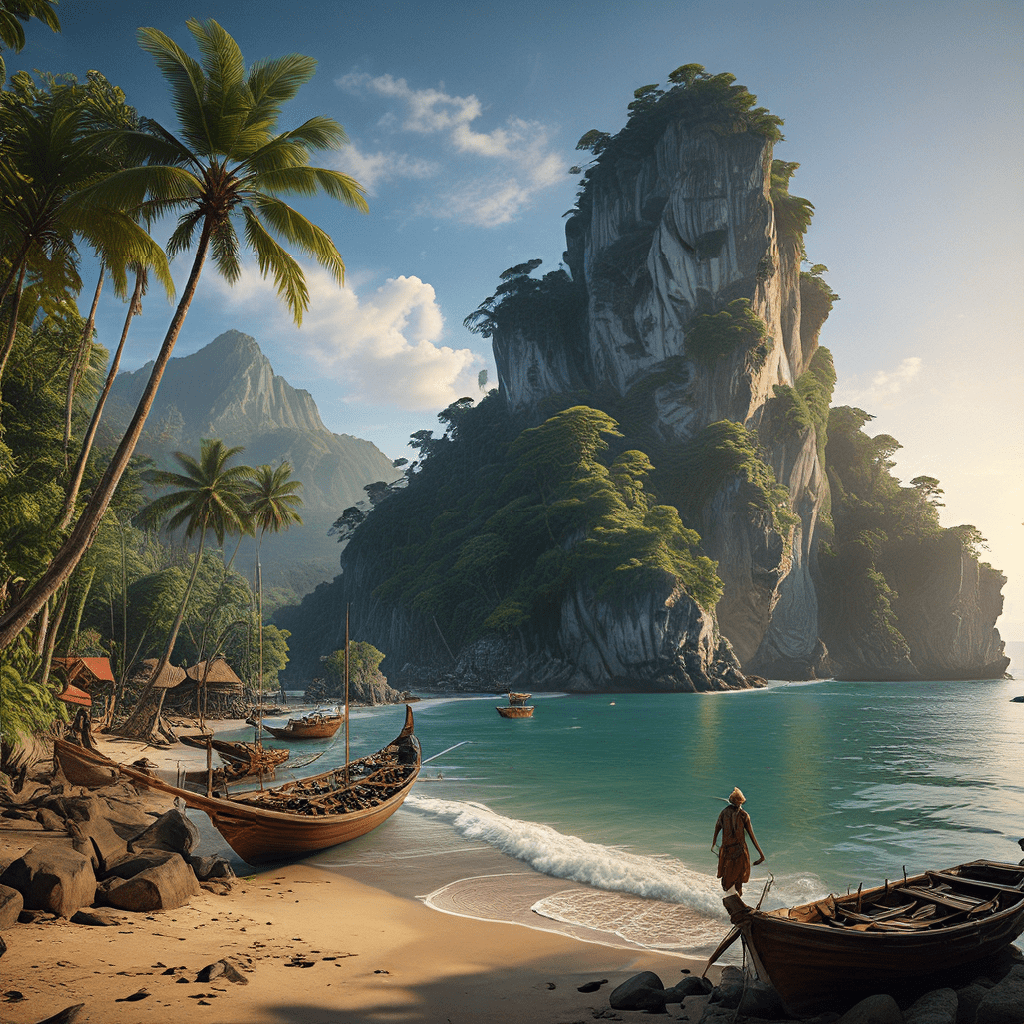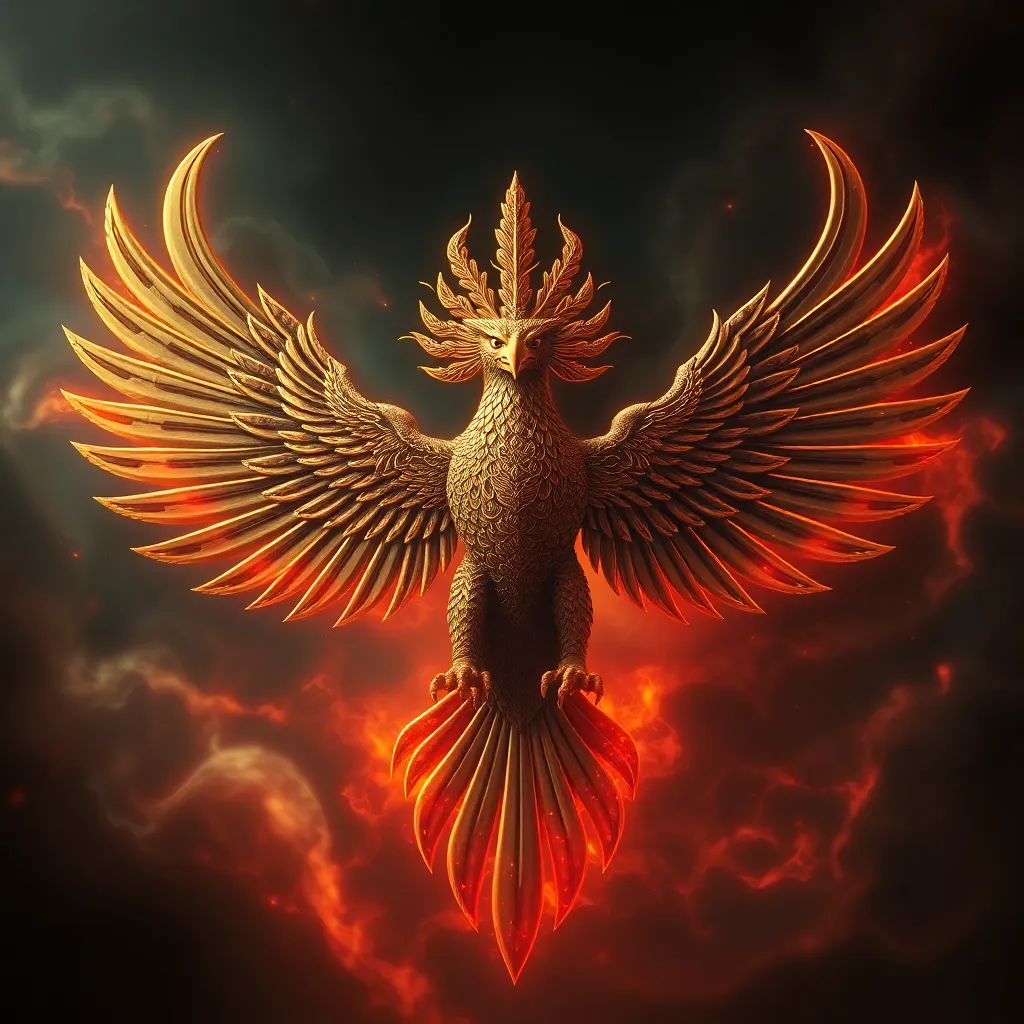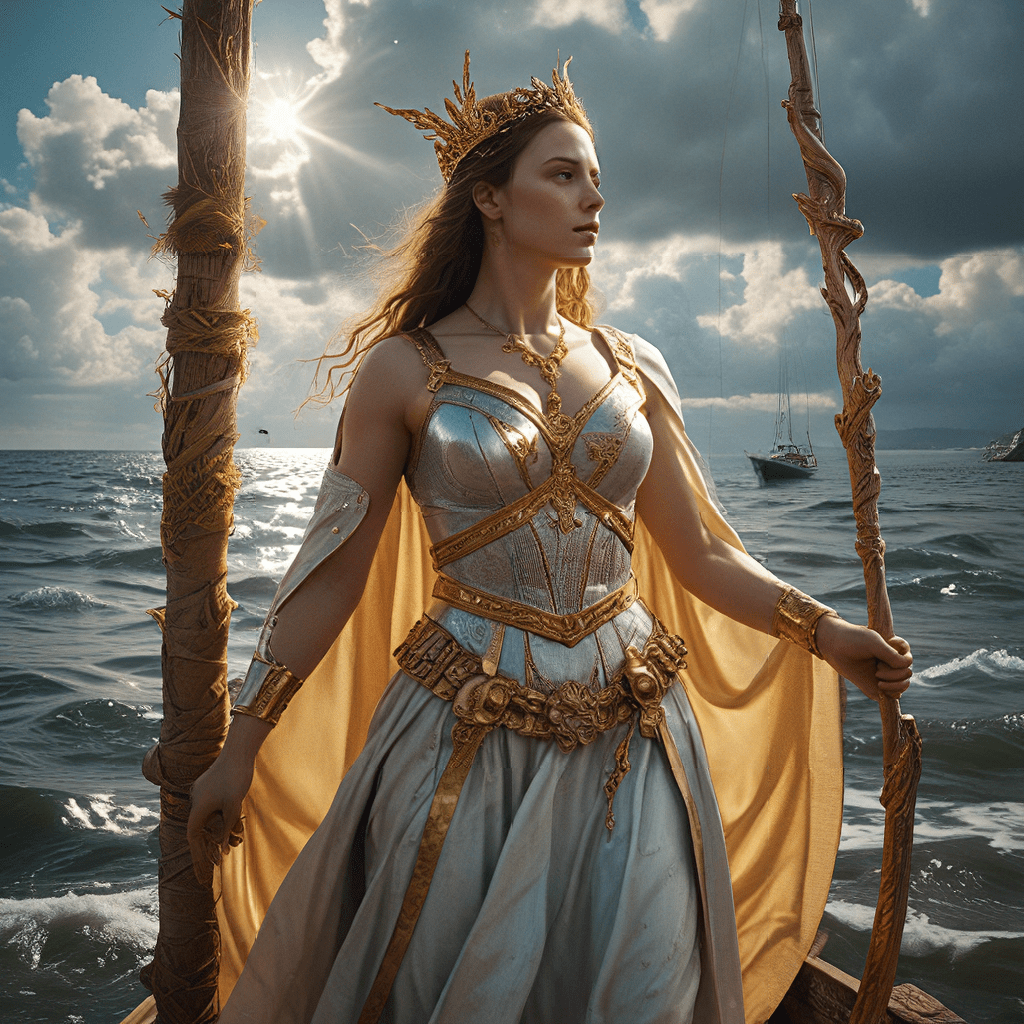The Tapestry of Islands: A Glimpse into Indonesian Mythology
Indonesia, an archipelago of over 17,000 islands, is a treasure trove of fascinating myths and legends. These stories, passed down through generations, weave a rich tapestry of belief, culture, and history. Indonesian mythology is a vibrant reflection of the country's diverse landscape, natural wonders, and the ingenuity of its people. From the mystical creatures that guard the islands to the deities that rule the skies and seas, Indonesian mythology offers a glimpse into the spiritual world of its inhabitants.
Guardians of the Archipelago: The Role of Mythical Creatures
Mythological creatures play a prominent role in Indonesian folklore, often embodying the forces of nature or representing specific cultural beliefs. One of the most well-known is the Naga, a serpentine dragon often depicted with scales, horns, and a powerful presence. The Naga is often associated with water, representing the vastness of the oceans that surround Indonesia. In some stories, the Naga acts as a protector of the islands, while in others, it represents a powerful force to be respected or feared.
Another fascinating creature is the Jenglot, a small, mummified figure often found in ancient burial grounds. The Jenglot is believed to possess supernatural powers and is often associated with magical practices and folklore. While some believe the Jenglot to be a malevolent spirit, others see it as a protector or a source of good fortune. These mythical creatures are not simply figments of imagination, but rather powerful symbols that reflect the beliefs and values of the Indonesian people.
Deities of the Skies and Seas: Exploring the Divine Pantheon
The Indonesian pantheon is a rich tapestry of deities, each representing different aspects of the natural world and human existence. Batara Guru, the King of the Gods, is considered the supreme deity in many Indonesian myths. He is often associated with the sky and is depicted holding a thunderbolt, symbolizing his power and authority. His consort, Dewi Uma, is the Goddess of the Earth and represents fertility and abundance.
The Devas, a group of celestial beings, are also important figures in Indonesian mythology. These deities represent various aspects of nature, including the wind, the rain, and the sun. One of the most revered Devas is Sang Hyang Widhi, the creator deity, who is believed to have brought life to the universe. These divine beings are often invoked in rituals and ceremonies, reflecting the deep reverence the Indonesian people hold for the forces of nature and their role in human life.
The Power of Nature: Mythical Origins of Natural Phenomena
Nature plays a crucial role in Indonesian mythology, and many stories explain the origins of natural phenomena. The Gunung Merapi, an active volcano in Central Java, is said to be the home of Mbah Petruk, a benevolent deity who safeguards the surrounding area. Eruptions are seen as a sign of Mbah Petruk's anger or a warning to the people.
The Tsunami, a powerful and destructive force of nature, is also explained through mythology. The tale of the Bujangga, a young man who angered the sea god and caused a great flood, serves as a cautionary tale about the importance of respecting the power of nature. These myths not only provide answers to the mysteries of the natural world but also reinforce the interconnectedness of humans and the environment.
Legends of Creation: How the World Came to Be
Indonesian mythology offers various creation stories, each reflecting the unique beliefs and traditions of different regions. One popular legend tells of Sang Hyang Widhi, the creator god, who descended from the heavens and shaped the islands from the primordial sea. The story of Batu Belah Batu Bertumbuh, a tale about a giant stone that split into two halves and grew into mountains, explains the origin of the mountainous terrain found throughout Indonesia.
Another creation story revolves around the Kuda Sembrani, a magical horse that is believed to have created the first humans. The story of the creation of the world often reflects a deep appreciation for the natural world and emphasizes the connection between humanity and the gods. These stories provide a framework for understanding the origin of the universe and humanity's place within it.
Tales of Ancestry and Heritage: Tracing the Origins of Indonesian People
The rich tapestry of Indonesian mythology also weaves stories about the origins of the Indonesian people, explaining their ancestry and cultural traditions. Many legends tell of mythical ancestors who descended from the heavens or emerged from the earth, bringing with them the knowledge and skills that shaped Indonesian society. The story of Dewi Sri, the Goddess of Rice, tells of her descent to Earth to teach the people how to cultivate rice, a staple food in Indonesia. The story of Batara Kresna, a powerful deity who is also the hero of the epic Mahabharata, is believed to have guided the people of Java towards a more just and prosperous society.
These stories not only offer explanations for the origins of the people but also reinforce the strong connection between the deities and the well-being of the community. They highlight the importance of respect for the ancestors and the traditions they passed down, which continue to shape Indonesian culture even today.
The Influence of Hinduism and Buddhism: Mythological Adaptations and Synergies
Indonesian mythology has been profoundly influenced by Hinduism and Buddhism, which arrived in the archipelago centuries ago. The arrival of these religions led to the integration of Hindu and Buddhist deities and stories into existing Indonesian mythology, creating a unique blend of beliefs and practices. The stories of Ramayana and Mahabharata, two great epics of Hinduism, were adapted and incorporated into Indonesian folklore, becoming popular tales that are still performed today through traditional puppet shows and dance dramas.
The arrival of Buddhism also influenced Indonesian mythology, with the introduction of stories about the Buddha and the teachings of enlightenment. Buddhist temples and shrines were built throughout the archipelago, becoming centers for religious practice and cultural exchange. The integration of Hindu and Buddhist influences enriched Indonesian mythology, adding layers of meaning and complexity to existing stories and creating a unique blend of religious and cultural traditions.
Exploring Oral Traditions: Preserving the Mythological Legacy
Indonesian mythology has been passed down through generations through oral traditions, with storytellers, poets, and musicians weaving tales that have captured the imagination of the people. These stories were often told during festivals, rituals, and social gatherings, serving as a way to preserve cultural heritage and transmit knowledge from one generation to the next. The art of storytelling played a vital role in ensuring the longevity of Indonesian mythology, with each teller adding their own unique spin and interpretation to the stories they shared.
However, the advent of modern technology and the rise of globalized culture has led to a decline in oral storytelling traditions. To ensure that these invaluable stories are preserved for future generations, efforts are being made to document and record oral traditions, ensuring that the rich legacy of Indonesian mythology is not lost.
The Mythological Landscape: Sacred Sites and Ritual Practices
The influence of Indonesian mythology is evident throughout the archipelago, reflected in the sacred sites, rituals, and practices of the people. Places of natural beauty, such as mountains, volcanoes, and waterfalls, are often seen as sacred spaces where deities reside. Many ancient temples and shrines are dedicated to these deities, serving as places of worship and pilgrimage.
Rituals and ceremonies play a significant role in Indonesian culture, often drawing inspiration from mythology. Traditional dances, music, and puppet shows depict mythological figures and stories, while offerings and sacrifices are made to appease the gods and seek their blessings. These rituals and practices serve as a tangible connection to the spiritual world and highlight the enduring impact of mythology on daily life.
Modern Reflections: The Enduring Impact of Indonesian Mythology
While Indonesian mythology is deeply rooted in the past, it continues to resonate and influence the present. Mythological themes and characters are still incorporated into contemporary art, literature, and film, reminding people of the rich cultural heritage that shapes their identity. The enduring power of these stories reflects their ability to connect people across generations, transcend cultural boundaries, and offer a unique perspective on the world.
The captivating stories of Indonesian mythology continue to inspire and captivate people, reflecting the unique cultural identity and rich history of the archipelago. From the mystical creatures that guard the islands to the deities that rule the skies and seas, these tales offer a glimpse into the spiritual world of the Indonesian people and the enduring power of tradition.
FAQ
What are some of the most popular mythical creatures in Indonesian mythology?
Some popular creatures include the Naga (serpentine dragon), Jenglot (mummified figure), and the Bujangga (a young man who angered the sea god).
What is the role of deities in Indonesian mythology?
Deities play a significant role, often representing natural forces or specific aspects of human existence. Batara Guru (King of the Gods), Dewi Uma (Goddess of the Earth), and Sang Hyang Widhi (creator deity) are important figures.
How has Indonesian mythology been influenced by Hinduism and Buddhism?
The arrival of these religions led to the integration of Hindu and Buddhist deities and stories into existing folklore, creating a unique blend of beliefs and practices.
How is Indonesian mythology reflected in daily life?
It’s reflected in sacred sites, rituals, and practices. Traditional dances, music, and puppet shows often depict mythological figures and stories.
What is the significance of oral traditions in Indonesian mythology?
Oral traditions have played a crucial role in preserving and transmitting these stories, with each storyteller adding their own unique interpretations.



